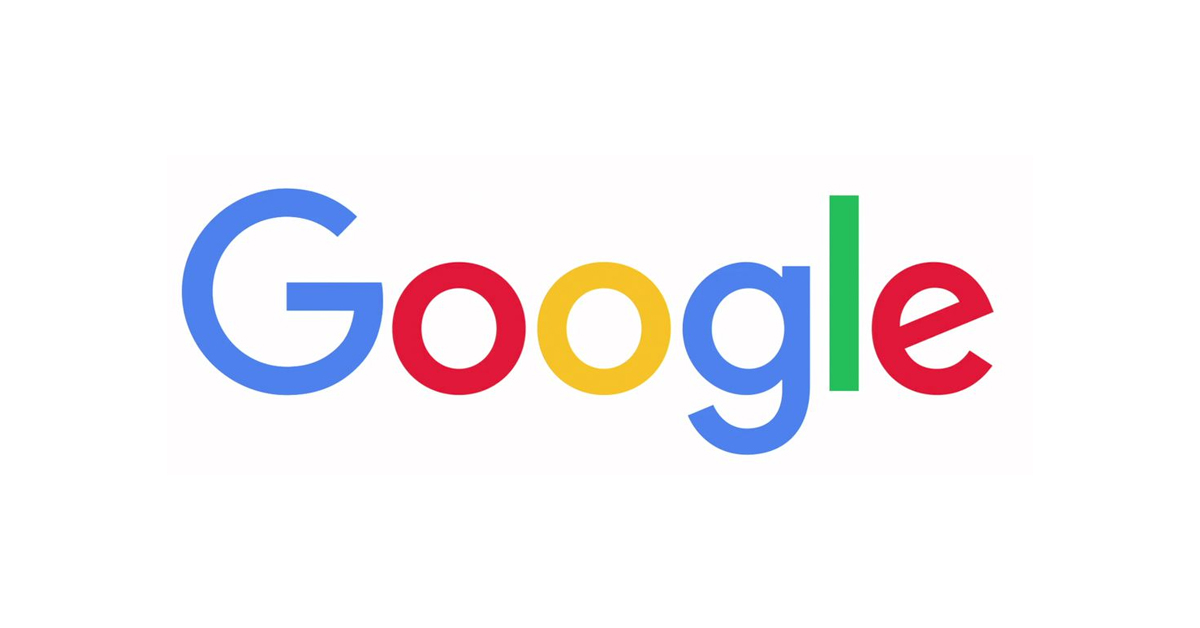This is a step-by-step stock review to answer the question, is Alphabet (GOOGL) stock a good buy?
This article will teach you how to use the 4Ms of investing. This will be a detailed walkthrough to show you how the 4Ms work and why they are important. If you are interested, you can log into Tykr to use the 4M Confidence Booster (Powered by OpenAI) which will allow you to complete a 4M Analysis in less than 60 seconds.
What are the 4Ms?
- MOS (Margin of Safety) – The MOS is the math part of investing which includes the Summary, Score, and MOS (Margin of Safety).
- Meaning – The meaning is the business model and how scalable the revenue streams are.
- Moat – The moat is how the business compares to other companies in the same Sector and Industry.
- Management – The management is the track record of the CEO.
What 4M score are we going for?
- 80-100 = High confidence – Yay! You should have high confidence buying this stock. It passes all 4M!
- 60-79 = Moderate confidence – Alert! There may be better stocks in the market. Only buy this stock if you truly believe the company will improve!
- 0-59 = Low confidence – Warning! There are better stocks in the market. Due to the low score, you should consider looking at other stocks.
Table of Contents
The following links will direct you to key topics to help answer the question, is Alphabet (GOOGL) stock a good buy?
- Alphabet (GOOGL) Company History
- MOS
- Meaning
- Moat
- Management
- 4M Score
- Is Alphabet (GOOGL) stock a good buy?
1. Alphabet Company History
When investing in stocks, it’s important to know the company’s history. This helps us understand the various revenue streams, if they acquired other companies, how they grew through difficult times, and how they separated themselves from the competition.
3. Meaning
When investing in a company, it’s important to know how a company makes money. A mature business model has multiple streams of revenue which allow the company to weather downturns in the economy.
Here is how Alphabet (GOOGL) makes money:
4. Moat
When investing in a company, it’s important to understand how a company ranks against other companies in the same sector and industry. Based on the Score, here is how Alphabet (GOOGL) stacks up against other companies.
- Jiayin Group Inc. (JFIN) – 89
- Meta Platforms, Inc. (META) – 84
- Baidu, Inc. (BIDU) – 72
- Alphabet Inc.(GOOGL) – 72
- Opera Limited. (OPRA) – 67
- Taboola.com, Ltd. (TBLAW) – 61
To see the most up-to-date Summary, Score, and MOS and each stock, please log into Tykr.
5. Management
When investing in a company, it’s important to understand who the CEO is, what they have accomplished in the past, and how they have helped this company grow. Good leaders typically have stronger cultures, less turnover, and better returns in the stock market.
6. 4M Score
All of our homework on this company leads up to the 4M Score. A lot of investors only look at the numbers. Yes, it’s important to look at the first M (MOS) which is the math part of investing but it’s also important to look past the numbers and also look at the Meaning, Moat, and Management. If all 4Ms pass, we should have high confidence in buying this stock.
What 4M score are we going for?
- 80-100 = High confidence – Yay! You should have high confidence buying this stock. It passes all 4M!
- 60-79 = Moderate confidence – Alert! There may be better stocks in the market. Only buy this stock if you truly believe the company will improve!
- 0-59 = Low confidence – Warning! There are better stocks in the market. Due to the low score, you should consider looking at other stocks.
👉 The 4M Score of Alphabet (GOOGL) is 75/100.
To see the most up-to-date 4M Score, please log into Tykr.
7. Is Alphabet (GOOGL) stock a good buy?
Some of the top questions investors can have is Alphabet (GOOGL) stock a good buy or should I buy Alphabet (GOOGL) stock?
Investing in Alphabet, Google’s parent company, is often seen as a wise decision. Alphabet dominates online advertising, search, and video through Google and YouTube, ensuring steady revenue streams. The company’s ventures into AI, cloud computing, and autonomous vehicles offer strong growth potential. Alphabet’s robust financial health and innovative culture make it a resilient investment. However, regulatory scrutiny and market competition are challenges to watch. Overall, Alphabet’s diverse portfolio and technological leadership position it as a promising investment. Always review market conditions and seek advice from a financial advisor.
—
To truly know if Alphabet is a good stock to buy or sell, we recommend you log into Tykr. Within seconds you can see the Summary, Score, MOS, and 4M Score.
If you found this stock review interesting, you may also like this review on Shopify.

